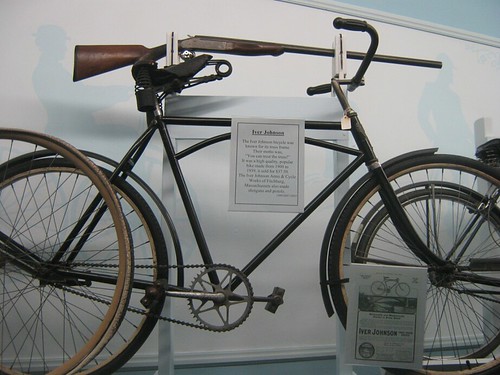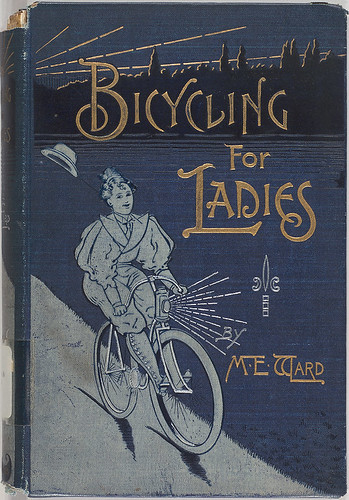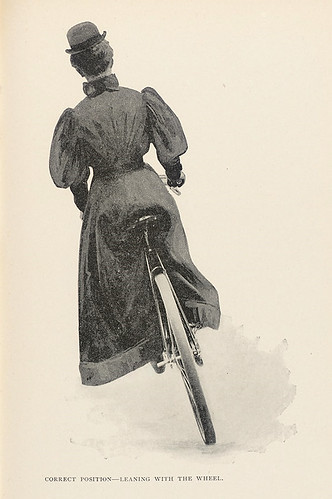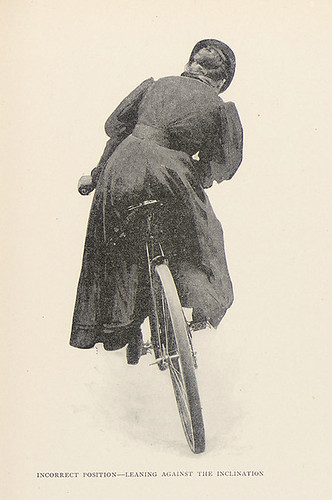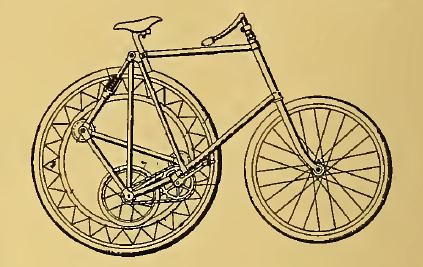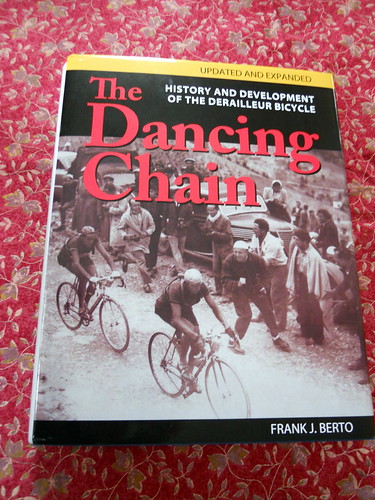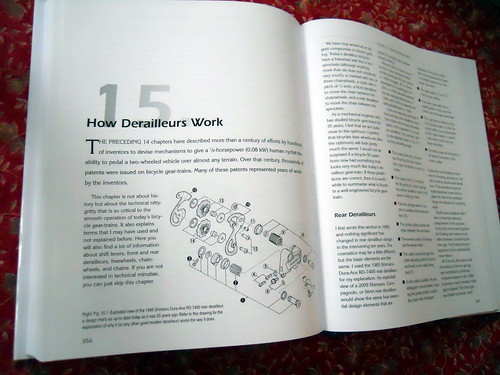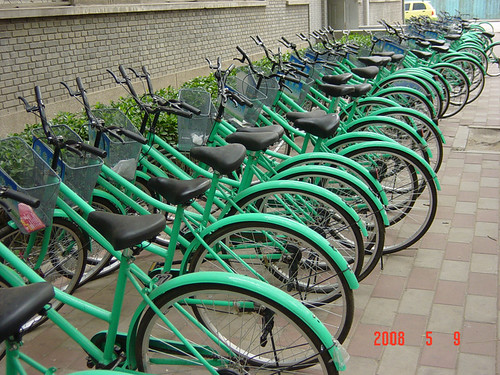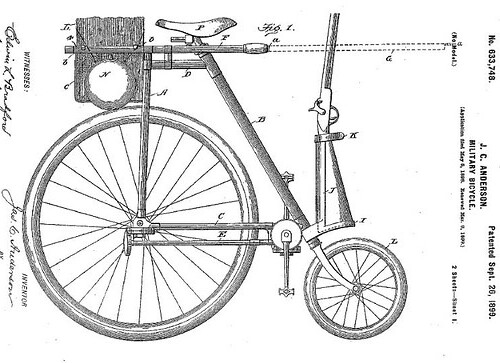
From the September 17, 1896 issue of Cycling Life.
This ad is a bit puzzling - the magazine Cycling Life was intended for "the bicycle trade" and not bicycle consumers, so the marketing strategy of telling (reminding?) this audience that the very same Iver Johnson that made quality bikes would sell them a reasonably priced high-quality revolver is not clear 100-plus years later.
If nothing else, this gives some sense of the relatively high cost of a bicycle in those days - Iver Johnson bicycles were many times more expensive than a revolver.
The price of the Iver Johnson bicycle for men and women in standard finish for 1897 will be $100; the price of the Fitchburg bicycle for men and women in standard finish will be $75.Fitchburg was the name of the town where the Iver Johnson factory was and was used as the brand name for the lower cost cycles.
In fact, a revolver was less expensive than a pair of tires (with tire pump) ~
Possesses all the advantages of the highest priced tires on the market, and yet it can be fitted to any bicycle at the moderate price of $7.00 per pair; with pump and repair outfit.(Ad from the same issue for Web Tread tires.)
Below, from Flickr, a handsome example of a Iver Johnson truss frame bike (and Iver Johnson rifle, apparently).
